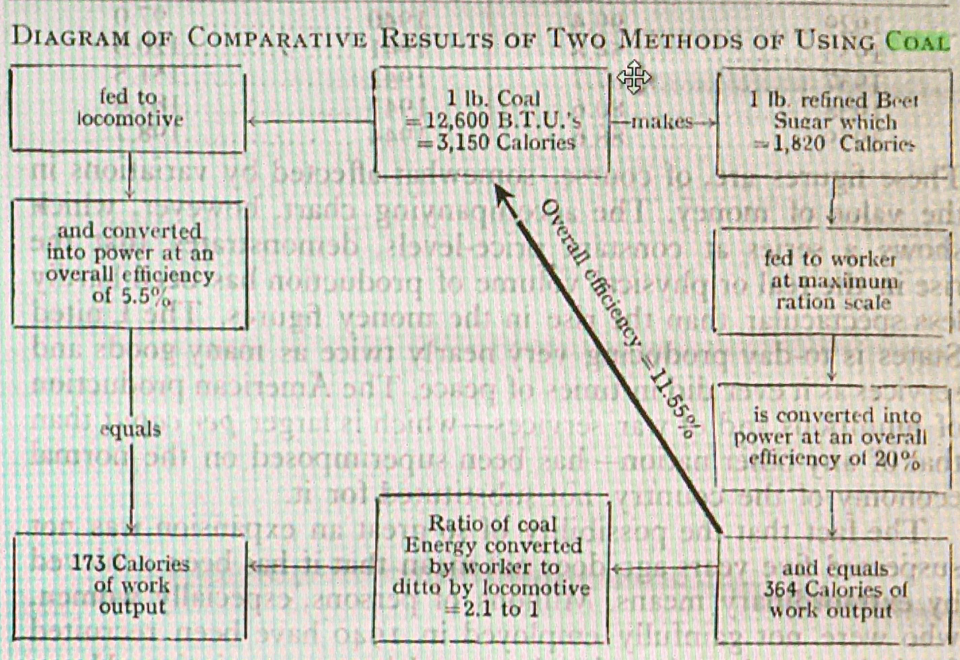
New Food Economy recently revealed that grocery stores push soda sales on the days that people receive their SNAP benefits, especially in low-income neighbourhoods. The news is based on an academic paper currently in press, and would be shocking indeed if it were not for a few things. ((Increases in Sugary Drink Marketing During Supplemental Nutrition Assistance Program Benefit Issuance in New York. I can’t afford to pay for access, nor do I feel I need to as New Food Economy has quite a detailed account, and I’m assuming that is accurate.)) In essence the study, by Alyssa Moran and her colleagues, shows that in three towns in New York state, stores were almost twice as likely to promote sugar-sweetened beverages on the days SNAP benefits were issued (the first 9 days of the month) compared to other days, and that the effect was greater (4 times more likely) in areas that had more SNAP recipients.
What’s wrong with that? Nothing, as far as it goes. But a couple of aspects of the study and the reporting worry me. For one, the data are from 2011; maybe things have already changed. I also wondered how common it was for states to distribute SNAP benefits in a big chunk at the beginning of the month. I already knew that each state has its own rules, and that when people get their benefits has an influence on crime. So I turned to the USDA’s Monthly Issuance Schedule for All States and Territories.
Skimming that, Alaska, Guam, Nevada, New Hampshire, North Dakota, Rhode Island, South Dakota, Vermont and the Virgin Islands all distribute benefits on a single day each month. Is the effect is even more pronounced in those places? A few places dole out benefits on a few days, but more spread out over the month. Is the effect weaker there?
And quite a few places disburse benefits across several days. ((Alabama (20), Delaware (22), Florida (29), Georgia (10 spread over 18 days), Illinois (12 over 20 days), Indiana (10 over 18 days), Kentucky (10 over 19 days), Maryland (20), Massachusetts (10 over 14 days), Michigan (10 over 18 days), Mississippi (18), Missouri (22), New Mexico (20), North Carolina (10 over 18 days), Ohio (10 over 18 days), Tennessee (20), Texas (10 over 15 days), Wisconsin (10 over 13 days). New York City spreads benefits over 13 days at the beginning of the month.)) Is it worthwhile for shopkeepers to give sugary drinks extra marketing attention over a longer period of time, or should they just do it all the time?
What I’m saying, I suppose, is that the study could be so much richer than it currently is, which might then add some illumination to the paper’s conclusion:
Increases in sugar-sweetened beverage marketing during issuance may exacerbate disparities in diet quality of households participating in SNAP. Policy changes, like extending SNAP benefit issuance, may mitigate these effects.
Maybe. Maybe.
And then there’s New Food Economy’s conclusion:
People using food stamps are encouraged to buy soda as soon as they’ve got money in their pockets.
I suspect they need no encouragement to do so. Why shouldn’t people treat themselves to a soda when they have a bit more to spend? The bigger issue is whether grocery stores should be promoting their profits at the expense of the government.

 Shortly after the end of World War 2 in Europe, one of the quintessential boffins who had worked on the war effort turned his attention to the most pressing problem of the peace: a shortage of coal and oil. But where others saw the problem as a lack of transport, Geoffrey Pyke, saw a much more fundamental problem; a lack of food. Food required transport, and there was no fuel to power the engines. Pyke came up with a solution. Use the chemical energy in food to fuel muscular engines.
Shortly after the end of World War 2 in Europe, one of the quintessential boffins who had worked on the war effort turned his attention to the most pressing problem of the peace: a shortage of coal and oil. But where others saw the problem as a lack of transport, Geoffrey Pyke, saw a much more fundamental problem; a lack of food. Food required transport, and there was no fuel to power the engines. Pyke came up with a solution. Use the chemical energy in food to fuel muscular engines.
